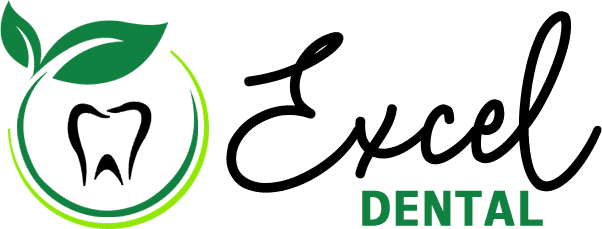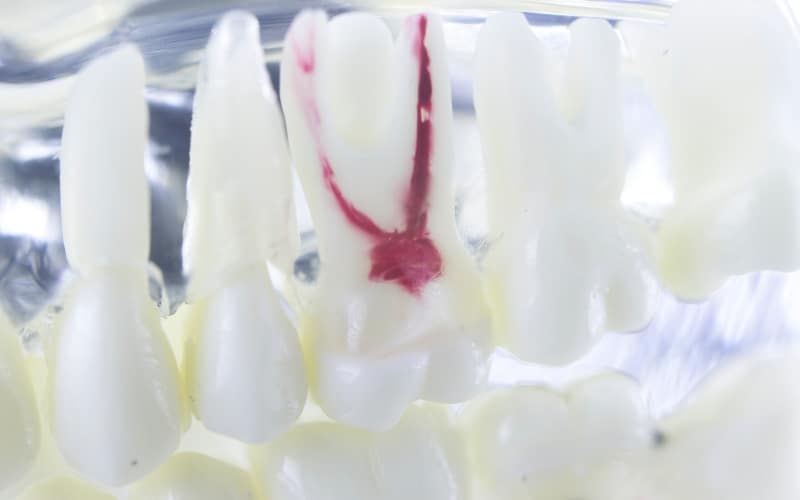Introduction
A healthy and radiant smile is a source of confidence and well-being for many people. However, maintaining oral health is only sometimes a straightforward task, as various factors can impact the integrity of our teeth and gums. This is where restorative dentistry comes into play, offering a range of essential treatments and procedures to repair and restore damaged teeth. This comprehensive blog will delve into the importance of restorative dentistry, its various aspects, and why it plays a critical role in preserving oral health.
Understanding Restorative Dentistry
Restorative dentistry is a branch of dental medicine dedicated to diagnosing, preventing, and treating oral diseases and conditions affecting teeth and supporting structures. It encompasses many procedures and treatments to restore the mouth’s form, function, and aesthetics. These procedures range from simple fillings to complex oral surgeries.
The Importance Of Restorative Dentistry
Now, below, we will explore the significance of restorative dentistry and why it should not be overlooked:
1. Preservation of Natural Teeth
One of the primary objectives of restorative dentistry is to preserve natural teeth whenever possible. Natural teeth are invaluable, not only for their functionality but also for their aesthetics. Restorative dentists are trained to assess the extent of damage to a tooth and determine the most suitable treatment to save it. This approach helps patients maintain their natural smile and chewing ability.
2. Preventing Further Damage
When dental issues are left untreated, they tend to worsen over time. For instance, a small cavity, if ignored, can progress to infect the pulp and lead to a more complex and expensive root canal treatment or even tooth extraction. Restorative dentistry intervenes in the early stages of dental problems, preventing them from escalating and causing more extensive damage.
3. Enhancing Aesthetics
Beyond functionality, restorative dentistry also places significant emphasis on the aesthetics of the mouth. Treatments such as teeth whitening, veneers, and dental crowns not only repair dental issues but also improve the appearance of teeth. This can boost a person’s self-esteem and overall quality of life.
4. Improving Oral Health
Oral health and restorative dentistry go hand in hand. Addressing dental problems promptly reduces the risk of infections, gum disease, and even systemic health issues associated with poor oral health, such as cardiovascular diseases and diabetes. Maintaining good oral health is essential for overall well-being.
5. Customized Solutions
Each individual’s dental needs are unique. Restorative dentistry provides personalized treatment plans tailored to the specific requirements of each patient. This ensures that the chosen procedures are the most effective and appropriate for the patient’s situation.
Essential Procedures In Restorative Dentistry
Now that we have established the importance of restorative dentistry, let’s delve into some of the critical procedures that fall under its umbrella:
1. Dental Fillings
Dental fillings are among the most common restorative dental procedures. They are used to repair teeth that have cavities or minor damage. The dentist removes the decayed portion of the tooth and fills the space with a material like amalgam, composite resin, or porcelain to restore its function and appearance.
2. Dental Crowns
Dental crowns, also known as caps, cover and protect a tooth that is extensively damaged or weakened. They are custom-made to match the shape and color of the natural tooth, providing both functionality and aesthetics.
3. Root Canal Therapy
When a tooth’s pulp becomes infected or inflamed, a root canal treatment is often necessary. This procedure involves removing the infected pulp, cleaning the tooth’s interior, and sealing it. It saves the tooth from extraction while relieving pain and preventing further infection.
4. Dental Bridges
Dental bridges are the best solution to replace one or more missing teeth. They consist of prosthetic teeth anchored to adjacent natural teeth or dental implants. Bridges restore the appearance of a complete smile and improve chewing function.
5. Dental Implants
For replacing missing teeth, dental implants are the best solution. They involve surgically placing a titanium post into the jawbone, which acts as an artificial tooth root. An artificial tooth (crown) is then attached to the implant. Dental implants are known for their durability, natural look, and feel.
6. Dentures
Dentures are the best way appliances that are used to replace multiple missing teeth. They come in various types, including full dentures for complete tooth loss and partial dentures for replacing some missing teeth. Dentures improve both function and appearance.
7. Orthodontic Treatment
While often associated with cosmetic dentistry, orthodontic treatment is vital in restorative dentistry. Correcting misaligned teeth enhances aesthetics and improves oral function and health by preventing gum disease and tooth decay.
8. Teeth Whitening
Teeth whitening is a popular cosmetic procedure that can also be considered restorative dentistry. It helps remove stains and discoloration, restoring the natural whiteness of teeth and enhancing a person’s smile.
The Role Of Technology In Restorative Dentistry
The field of restorative dentistry has dramatically benefited from advances in technology. These technological innovations have enhanced the precision, comfort, and efficiency of various procedures. Here are some notable examples:
1. Digital X-rays
Digital radiography reduces radiation exposure and allows for immediate image processing, aiding in diagnosing dental problems.
2. Intraoral Cameras
These tiny cameras enable dentists to capture high-resolution images of the inside of the mouth, helping in diagnosis and treatment planning.
3. Computer-Aided Design/Computer-Aided Manufacturing (CAD/CAM)
CAD/CAM technology fabricates dental crowns, bridges, and veneers with remarkable precision and speed.
4. Laser Dentistry
Dental lasers are used for procedures like gum disease treatment and teeth whitening. They minimize discomfort, reduce recovery time, and provide more precise results.
5. 3D Printing
3D printing technology creates dental implants, bridges, and dentures, offering high customization and accuracy.
The Future Of Restorative Dentistry
As we move forward, restorative dentistry will continue evolving to meet patients’ changing needs and expectations. Here are some trends and developments to look out for:
1. Biocompatible Materials
Continued research into biocompatible materials will lead to more natural-looking and durable restorations.
2. Minimally Invasive Techniques
Dentists will increasingly adopt minimally invasive techniques to preserve more natural tooth structure during procedures.
3. Tele-Dentistry
Tele-dentistry will become more common, allowing for remote consultations, monitoring, and follow-up care.
4. AI and Machine Learning
Artificial intelligence and machine learning algorithms will aid in diagnosis, treatment planning, and predicting treatment outcomes.
5. Regenerative Dentistry
Advancements in regenerative medicine may lead to treatments that stimulate the regeneration of damaged dental tissues.
Restorative dentistry in Missouri City is pivotal in preserving and enhancing oral health. From repairing cavities to replacing missing teeth, restorative dentists are dedicated to restoring both the function and aesthetics of their patients’ smiles. As technology continues to advance, the field of restorative dentistry will only become more effective and patient-centric. So, consult a restorative dentist if you have a minor dental issue or require more.


